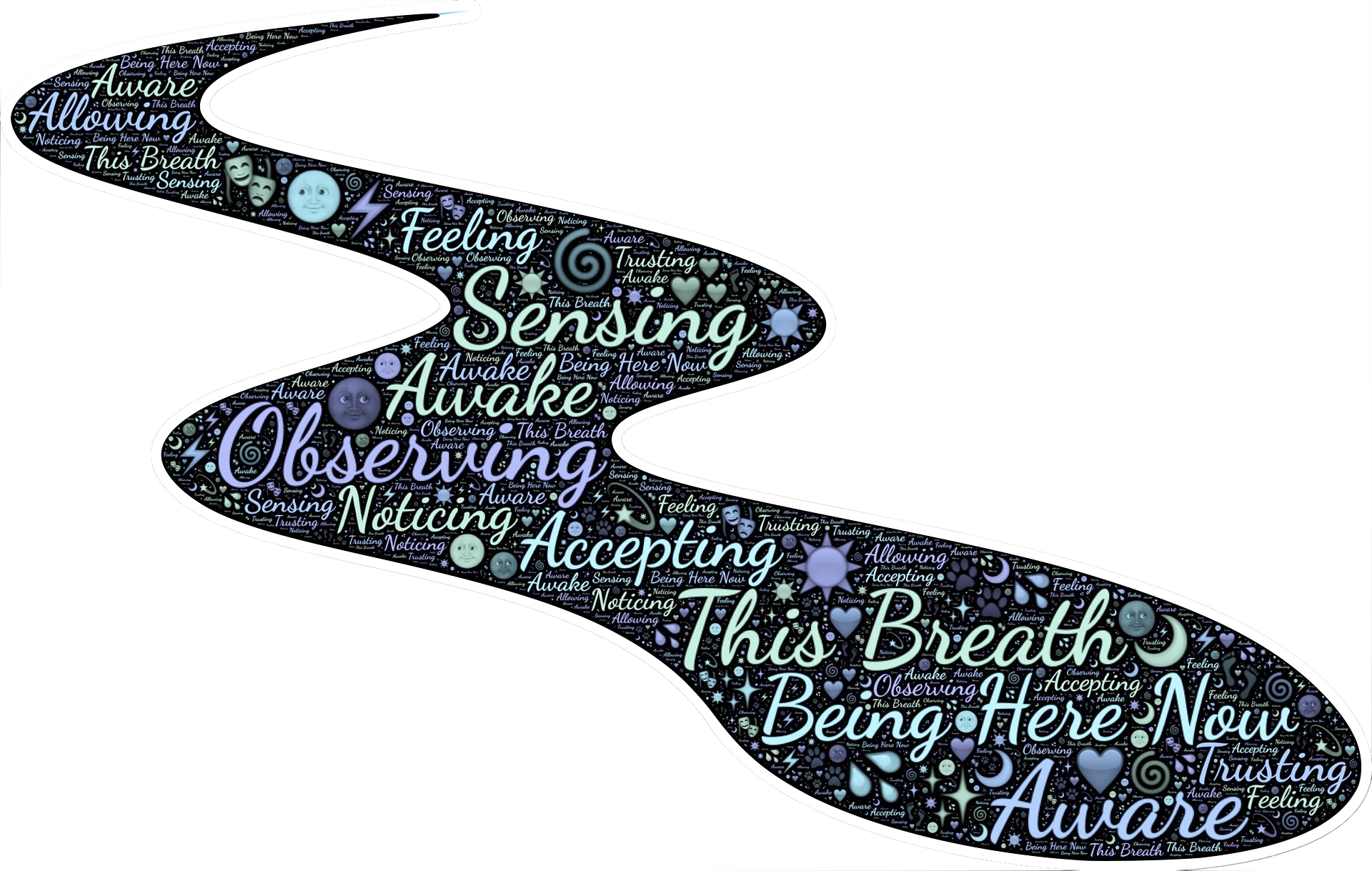Hydrocephalus
What Is Hydrocephalus?
Hydrocephalus is a buildup of cerebrospinal fluid (CSF) in the hollow places inside the brain. These hollow places are called ventricles. The buildup of CSF can put pressure on the brain. Treatments for hydrocephalus (hi-droh-SEF-eh-less) usually can lower the amount of CSF.
BRAIN TUMOURS



